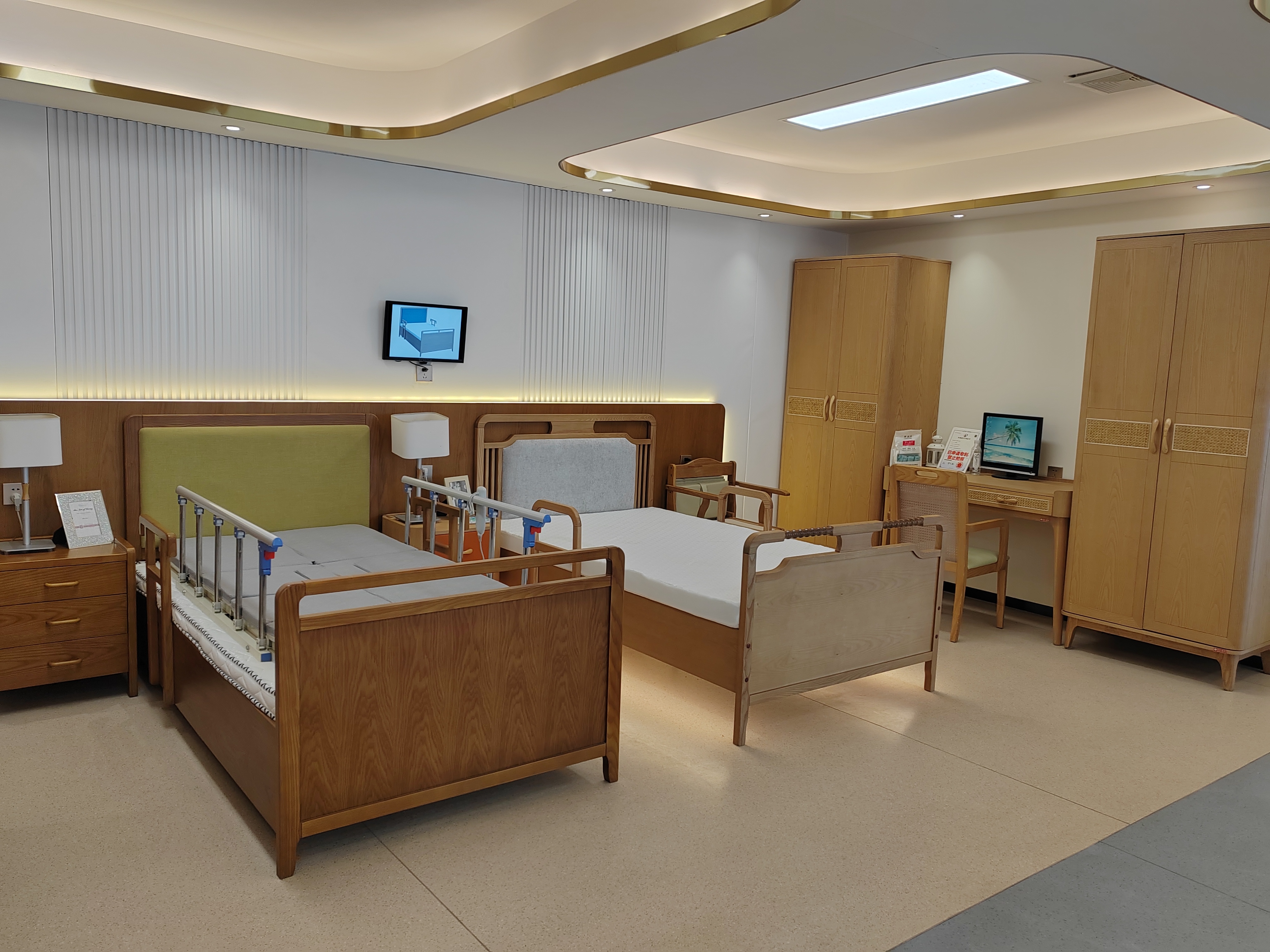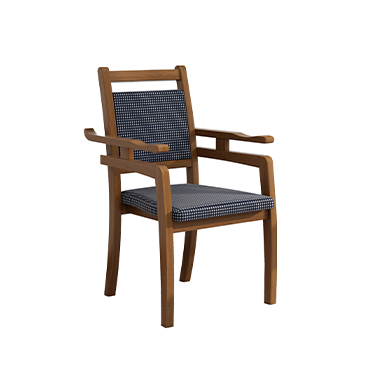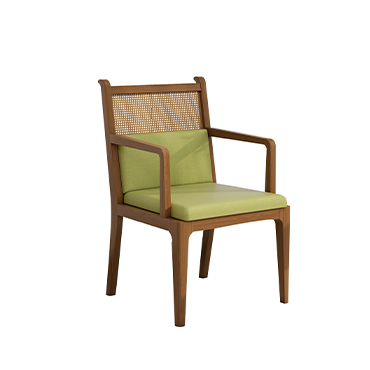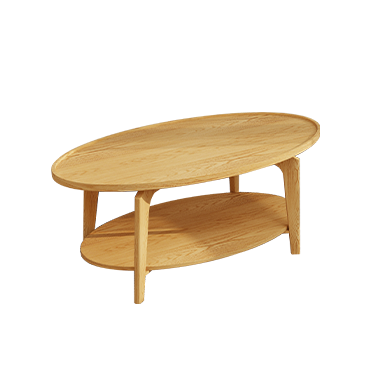How to Identify Truly Elderly-Friendly Furniture and Avoid Superficial "Aging-Friendly" Designs
As global population aging accelerates, "elderly-friendly furniture" has become a growing niche in the home furnishing market. While many brands now promote their products as "aging-friendly," the reality is that a significant portion of these designs lack genuine usability, safety, or human-centered features. So how can consumers and businesses distinguish truly elderly-friendly furniture from superficial or purely marketing-driven "aging designs"? This article outlines key evaluation points based on design logic, user experience, and practical purchasing guidance.
1.What Defines Truly Elderly-Friendly Furniture?
Genuine elderly-friendly furniture is not just regular furniture with added handrails or wheels. It is thoughtfully designed around the real physical, cognitive, and emotional needs of older adults, emphasizing safety, comfort, and ease of use.
First, the design takes into account the physical changes that come with aging, such as reduced muscle strength, limited joint mobility, and slower reaction times. This includes optimal seat and bed height for easy standing up and sitting down, stable armrests with easy grip, ergonomic backrest angles to relieve spinal pressure, and rounded corners to reduce the risk of injury.
Second, safety is a top priority. High-quality elderly furniture includes non-slip foot pads, anti-pinch features in drawers and cabinets, anti-tip construction, and reliable weight-bearing structures. Visual contrast in color and clear markings also help seniors navigate and use furniture more confidently.
Third, all functions should be intuitive and simple. Control buttons should be clearly labeled with large fonts, drawers should open smoothly with minimal force, and no excessive bending or stretching should be required to reach essential components.
2.Beware of Common Pitfalls in Superficial "Aging-Friendly" Designs
Many so-called elderly furniture products are merely traditional designs with slight modifications, or worse, they imitate hospital-style equipment or rely heavily on tech features that don’t meet real senior needs. Common misleading practices include:
Equating aging-friendly design with clinical or institutional aesthetics, which can cause emotional discomfort or resistance in seniors;
Overuse of smart technologies like voice commands or app-based controls that can overwhelm older users unfamiliar with digital tools;
Adding a handrail or elevating parts of the furniture without optimizing the overall ergonomics, making actual use awkward or unsafe;
Adopting children's furniture safety standards, which fail to account for the physical and psychological differences between elderly users and children;
Stacking non-essential features such as massage, lighting, or sound systems, while ignoring basic comfort and usability.
3.Practical Tips to Identify Truly Elderly-Friendly Furniture
To determine whether a piece of furniture is genuinely elderly-friendly, consider the following:
Read the product manual or specifications to see if it mentions geriatric ergonomics, fall-prevention design, ideal standing height, or relevant safety certifications.
Ask detailed questions about measurements such as seat/bed height, backrest angle, weight capacity, and materials used for support and grip.
Whenever possible, involve the elderly person in a trial experience—observe whether they can sit, stand, reach, and operate components comfortably and safely.
Research the manufacturer’s background. Are they specialized in aging-related furniture? Do they collaborate with eldercare or rehabilitation institutions? Have they passed certifications such as ISO13485 or accessibility compliance?
4.True Aging-Friendly Design Is Subtle, Respectful, and Human-Centered
Truly elderly-friendly furniture doesn’t scream “for the elderly.” Instead, it blends seamlessly into the home, offering thoughtful details that make daily life easier, safer, and more comfortable. It respects the dignity of seniors by removing barriers and preserving independence.
A good design for aging isn’t just about function—it’s about empathy. It doesn't rely on labels or over-complication. Instead, it addresses the small but significant changes in daily routines and delivers practical support through quiet, effective design.
Conclusion
Identifying genuine elderly-friendly furniture means going beyond appearances. If a piece of furniture can reduce the physical burden of aging, support self-care, and minimize safety risks, then it fulfills its purpose. For businesses, avoiding superficial or symbolic design is not just a matter of ethics—it's a long-term value proposition in a rapidly aging global market. Design for aging shouldn't be a niche add-on; it should become a new standard in modern home living.





